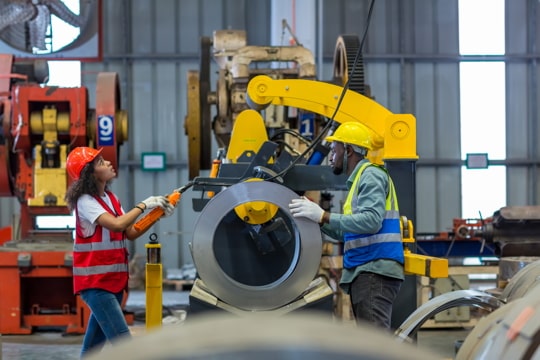

The Pack contains associated resources for the learning experience, typically in the form of articles and videos. There is a teacher Pack (with only teacher information) and a student Pack (which contains only student information). As a teacher, you can toggle between both to see everything.
Here are the teacher pack items for Alternative Economic Systems:


Overview In this experience, students brainstorm associations with the word communism. Then they create concept maps for key ideas of socialism. Next they create a Venn diagram comparing and contrasting communism and democratic socialism. Finally they compare the economies of Japan (market economy) and North Korea (command economy). Objectives
In the previous lesson you learned about the free enterprise system, also known as market economy and capitalism. Market economies are based on individuals and businesses making their own economic choices. As market economies spread, people began to notice that some individuals’ needs were not being met. Laissez-faire capitalism was causing a wide gap between wealthy business owners and the lower working class. The system also raised social issues such as child labor, dangerous working conditions, low wages, and lack of workers’ rights.
In this lesson, you will learn about other political-economic systems that arose as a response to capitalism.
Objectives

Who should benefit most from the profits: the factory owner who takes the economic risks,
or the workers who do the actual work?
In a word or short phrase, post what comes to mind when you hear the word communism.
Students may post responses such as Russia, Soviet Union, China, dictator, Cold War. Point out to students that communism is primarily an economic system, not just a political system. Communism is a specific form of socialism.
